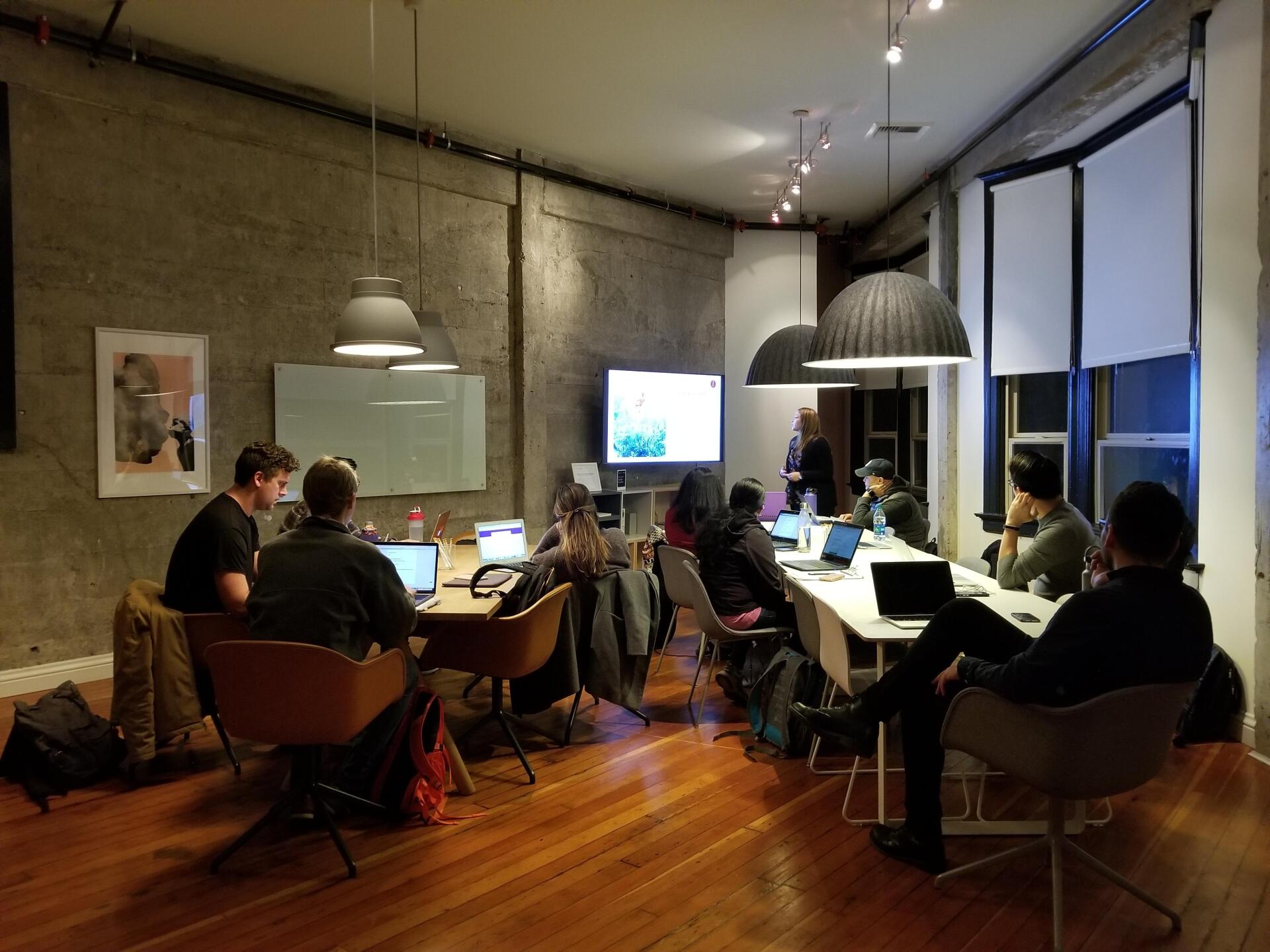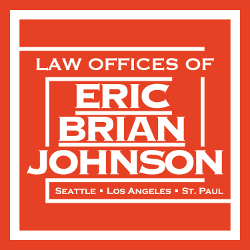Navigating Personal Injury Claims: A Guide for Defendants
Understanding Personal Injury Claims
At its core, a personal injury claim is a legal dispute that arises when one person suffers harm from an accident or injury, and someone else might be legally responsible for that harm. As a defendant, it means someone believes your actions or negligence led to their injury. These claims can span various scenarios, from slip and fall incidents in a retail space to more complex cases involving auto accidents or workplace injuries.
The Crucial First Step: Securing Legal Representation
Navigating the legal landscape requires expertise and experience, particularly when your actions are under scrutiny. Engaging with a knowledgeable attorney not only helps decipher the complexities of your case but also ensures that your rights are safeguarded throughout the process. An attorney will guide you through gathering evidence, understanding the claim's specifics, and developing a defense strategy.
Example: Imagine a scenario where a customer slips on a wet floor in your store and files a claim for their injuries. A seasoned attorney can help gather surveillance videos or witness statements that prove warning signs were clearly posted, or perhaps the spill was so recent that staff hadn't had the opportunity to address it.
Mitigating Liability: Strategies and Actions
Mitigating liability involves steps to reduce your potential financial responsibility in a personal injury claim. This process starts with a thorough investigation into the incident to collect all pertinent evidence and documentation, which could include photos of the accident scene, maintenance records, or safety protocols in place.
- Documentation Is Key: Maintaining comprehensive records of safety measures, employee training, and incident reports can be invaluable. In cases of workplace injuries, demonstrating adherence to safety regulations and training can significantly impact the defense.
- Negotiation and Settlement: Sometimes, the most straightforward path to resolution is through negotiation, leading to a settlement that avoids the unpredictability of a trial. This doesn't necessarily mean admitting fault; it's about finding a mutually agreeable solution.
Example: In an auto accident where you're the defendant, evidence like dashcam footage or third-party eyewitness accounts can be crucial in demonstrating that you weren't at fault or that there were mitigating circumstances, such as the plaintiff's erratic driving.
Active Engagement in Your Defense
An effective defense is a collaborative effort. Staying informed and involved in your case allows you to provide your attorney with all necessary information, ask pertinent questions, and make informed decisions about your defense strategy. Your insights into the incident or your understanding of specific details could pivot the direction of your defense.
The Takeaway
Defending against a personal injury claim is a nuanced process that requires a strategic approach. With the right legal support, defendants can navigate these claims more effectively, from understanding the intricacies of the case to implementing strategies that mitigate liability. Remember, the goal isn't just to contest the claim but to ensure that the resolution is just and equitable for all parties involved.
By taking proactive steps towards securing experienced legal representation, diligently gathering and maintaining evidence, and actively participating in your defense, you can navigate the complexities of personal injury claims with confidence.


Seattle
1201 Second Avenue, Suite 900
Seattle, WA 98101
(Main Office)
Call: (206) 489-5530
St. Paul
445 Minnesota Street, Suite 1500,
St. Paul, MN 55101
(Satellite Office)
Call: (888) 992-7872
Los Angeles
633 West Fifth Street, Suite 2600
Los Angeles, CA 90071
(Satellite Office)
Call: (888) 992-7872
©2024 All Rights Reserved Law Offices of Eric Brian Johnson, PC
Privacy Policy |
Terms of Use | Powered by
Levitate
